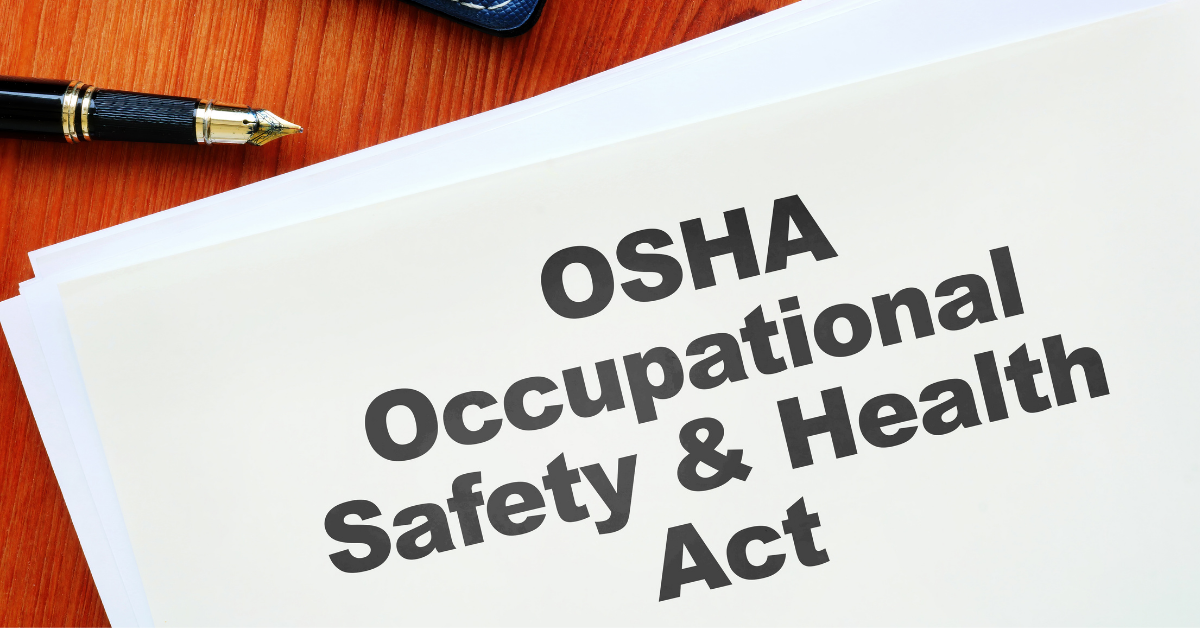On April 28th, 1971 President Nixon signed the Occupational Safety and Health Act into law. The Act created the Occupational Safety and Health Administration, fondly known as OSHA. Its mission is to prevent work-related injuries, illnesses, and occupational fatality by issuing and enforcing standards for workplace safety and health. OSHA has come a long way since its inception.
Prior to 1971, 14,000 Americans died on the job every year, and workers were not even afforded the right to know what kind of toxic chemicals or serious hazards they were working with on a daily basis. Today, OSHA is backed by close to $560 million in government funding and has decreased work-related deaths by nearly 67 percent. The evidence is clear: OSHA initiatives to emphasize workplace safety and health has made an impact, and workers’ rights are being protected. But, how much is too much? Is OSHA something the US can no longer afford?
In Washington, congressional Republicans are focused on riding the government of what they say are job-killing regulations. As part of their drive to push the pendulum back, House Republicans have passed a 2012 budget that reduces federal spending by $61 billion. OSHA is their primary target; they will seek to cut $99 million from its budget. Some members believe this cut will benefit employers by eliminating the creation of expensive and burdensome rules and regulations implemented by OSHA, and allowing them to focus their budget on job creation.
At the liberal Center for American Progress, OSHA Assistant Secretary David Michaels said, “OSHA doesn’t kill jobs, it stops jobs from killing workers.” Michaels continued, “But despite this evidence, and despite the progress we’ve made, we are today engaged in a great debate over worker protections, over the benefits and costs of regulations, over the taxpayer dollars that this society is willing to invest to ensure that our nation’s workers will be able to come home safely after a hard day’s work.”
Michaels recently spoke with NPR’s Brian Naylor about the long history of OSHA being on the front edge of divide between labor and management, Democrats and Republicans. Michaels said, “The Republicans have proposed a 20 percent cut and given half the year’s over, that really means a 40 percent cut. It would really have a devastating effect on all of our activities.” Michaels closed his conversation with Naylor by saying, “When employers embrace safety, they actually save money.”
Would a diminished role for OSHA realistically free up cash so employers can focus on job creation? Or would it only make the problem worse and the frequency of injury rise? Frequency of injury would increase workers’ compensation claims and employees requiring days away from work.
“A cut of that magnitude to OSHA’s budget would be devastating to workers,” Tom O’Conner, the Executive Director for the National Council for Occupational Safety and Health remarked just days after House Republicans unveiled their package of budget cuts.
“What the Republican leadership doesn’t seem to get is that job safety and job creation must go hand in hand. They can’t be separated,” O’Conner said. “After all, what good is a job created to the family of the worker who was killed after taking it? Good jobs are safe jobs, and right now, America needs to create good jobs.”
The National COSH is a federation of local and statewide "COSH" groups--Committees/Coalitions on Occupational Safety and Health. COSH groups are private, non-profit coalitions of labor unions, health and technical professionals, and others interested in promoting and advocating for worker health and safety.







